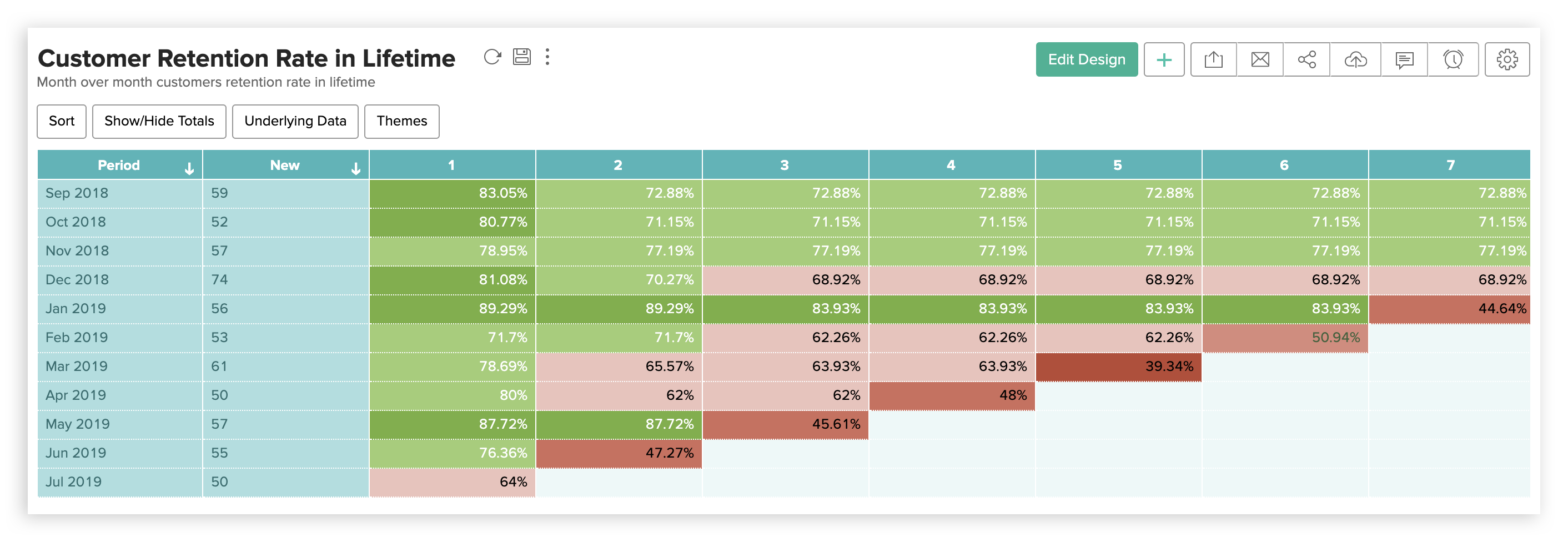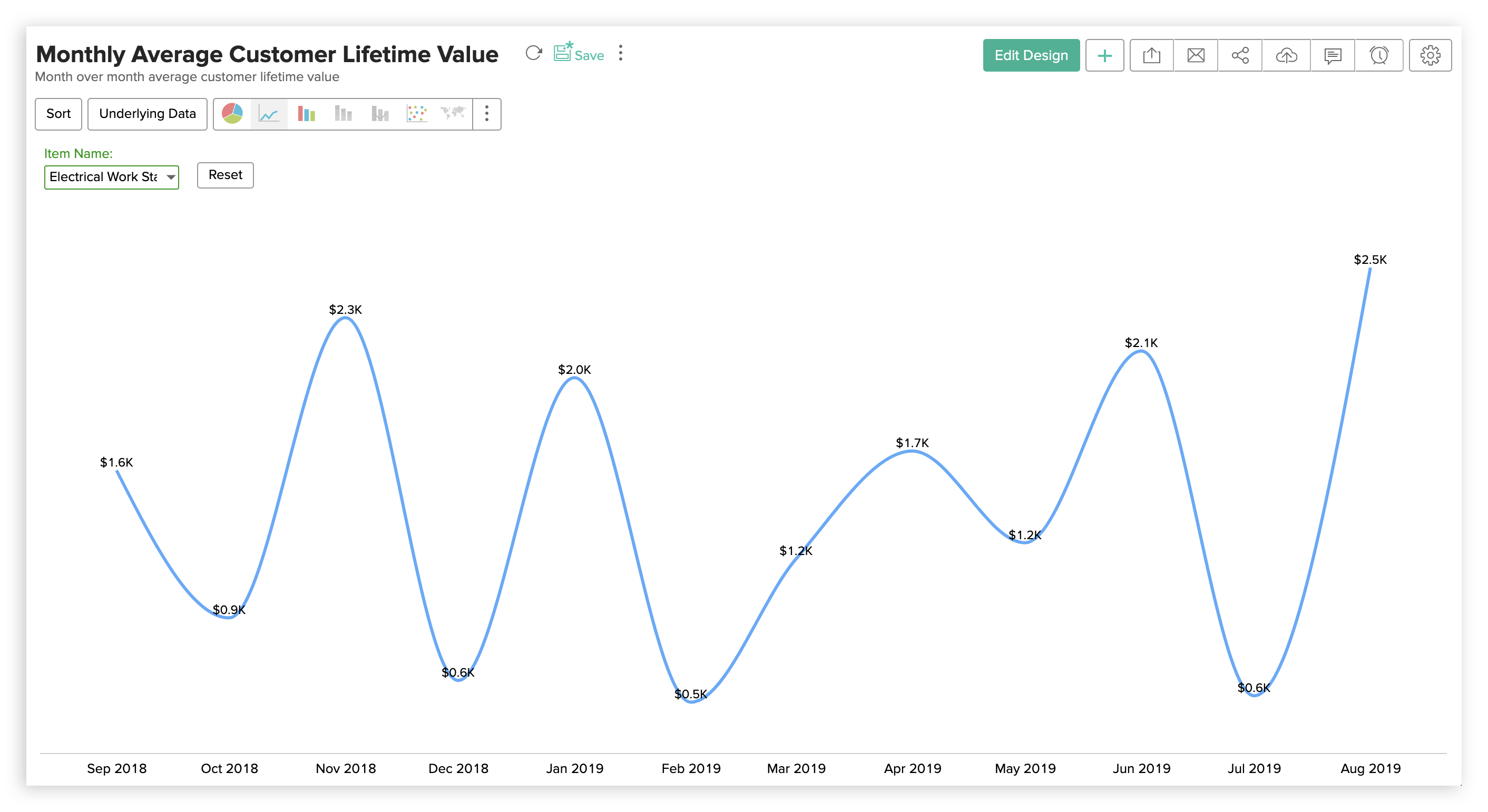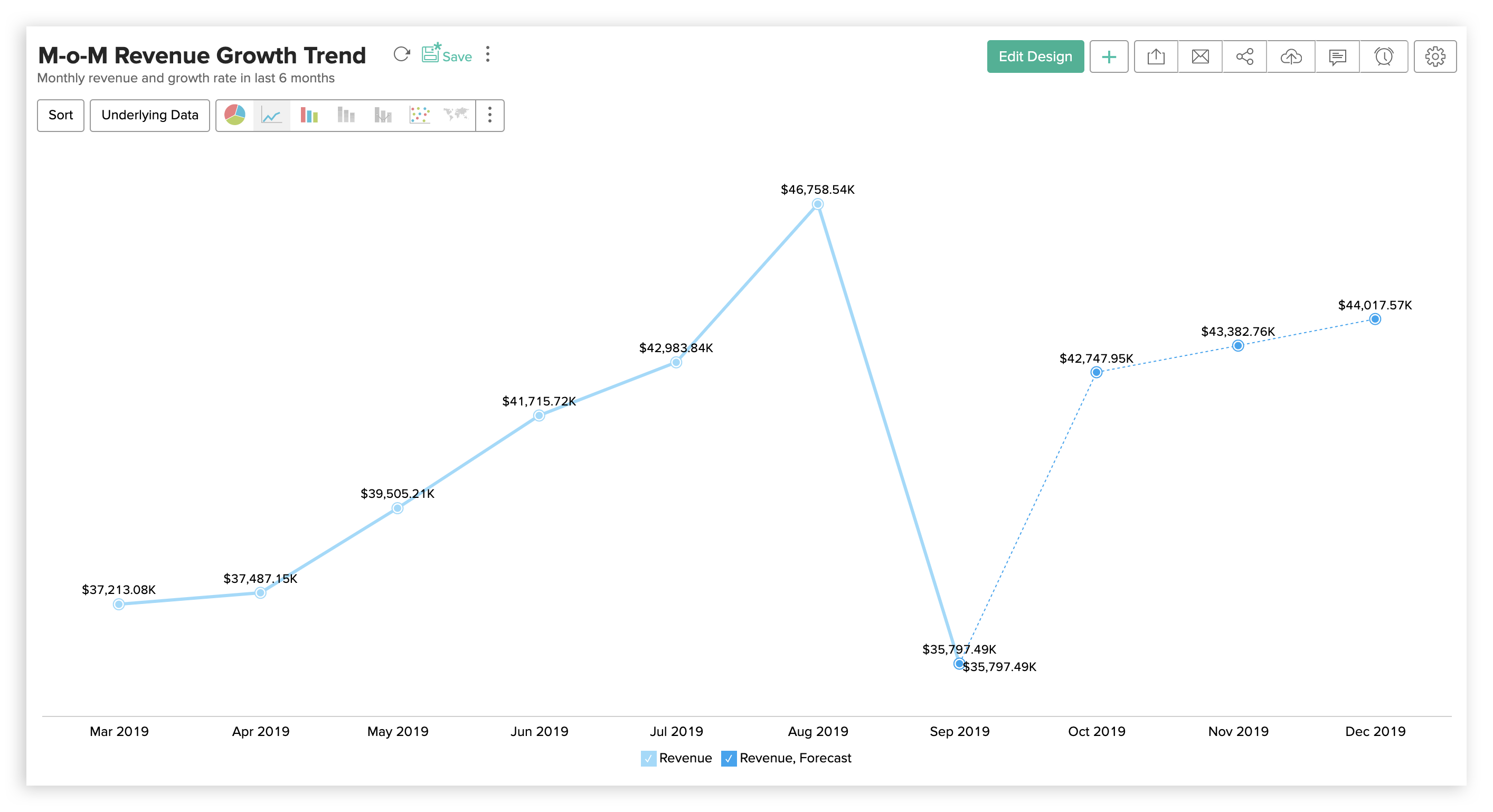
Data analytics is the new gold rush.
If you want evidence, look at recent industry trends like lean startups. If you haven't heard the term before, lean startups are characterized by entrepreneurs ditching overblown and unrealistic 5-year plans in favor of quick product launches. These products are then followed up with iterative improvements that are based on real-world feedback.
The takeaway from trends like these is that businesses are leaning towards actionable data to conduct their operations, as opposed to vanity metrics like user count, which make you feel good but fail to provide actionable insights.
If you've been stuck in vanity metrics up to this point, the good news is that you can start using your data to get better insights right now. If you've been using Zoho Subscriptions to manage your subscription business, you have already been putting your data to use every time you visit the Reports module.
But the industry always demands more, which is why we've taken this a step further with the new Zoho Analytics integration. Zoho Analytics is a business intelligence and reporting app that's designed with ease-of-use in mind. It lets you create custom reports and dashboards that are both visually appealing and insightful. The integration makes your data from Zoho Subscriptions available in Zoho Analytics seamlessly and comes with 30+ subscription-related reports to get you started.
While the full scope of what you can do with Zoho Analytics is really up to you, here are 7 essential metrics that we think this integration is great for:
1. Visualize trends easily with cohorts
Cohort analysis is ideal when you want to compare different sets of data (cohorts) with each other.
For example, you could divide your customers into cohorts based on the month they signed up for a subscription, and analyze how many of these customers were retained in the months that followed. You can then create a cohort chart to identify not only when you lost the most subscribers, but also which subscribers you lost the most. Was it your newer subscribers that dropped out? Or was it your longstanding patrons?

Cohort analysis can make it easy to answer these basic questions. From there, you're ready to move on to the next steps of finding out what actually drove these changes and taking actions to correct them.
2. Bring it all together with data blending
Zoho Analytics can integrate with a ton of other applications besides Zoho Subscriptions. If you use multiple apps to run your business—which you likely do—you can create reports in Zoho Analytics by combining data from any of your integrated services.
This can lay the foundation for comprehensive reporting across your business. For example, if you use accounting or expense reporting software like Zoho Books to record expenses incurred while onboarding new customers, you could combine that data with your customer subscription data from Zoho Subscriptions to get a Customer Acqusition Cost (CAC) report.

This CAC report can be used to identify the areas where you've been spending the most money to acquire customers. With that information, you can move on to finding ways to cut those costs or adjust your pricing to accommodate them.
3. Know how much money you're actually making with CLV charts
Customer Lifetime Value (CLV) is another important metric for making business decisions like product pricing. A CLV report shows you how much revenue (or value) your customers bring to your business based on their purchases.

Pair a CLV report with the CAC report we mentioned in the previous section, and you can find out if the money you spent acquiring your customers was actually worth it, or whether it will be worth it in the long run.
4. Plan for the future by studying the past
Zoho Analytics provides a number of built-in reports that focus on business trends. While these reports can be seen as a form of vanity metrics, there is a lot that can be learned—and corrected—by studying them.

Month-over-month growth reports, for example, can provide information about how your revenue and expenses have grown over time. While these reports can easily be used to show bloated long-term projections for your business, try to scale it down to a more tangible time frame, like the next three months or so. The insights gained by using these types of projections reasonably can prove to be invaluable when making budgeting decisions.
5. Retain more customers by analyzing your churn
Churn refers to a subscription not being renewed. It's one of the biggest concerns for owners of subscription businesses, since customer retention is more cost-effective than acquiring more customers.
Churn is natural in any business and cannot be avoided completely. However, it can be kept to a minimum. To start cutting down your churn rates, you have to identify when and why your subscriptions are churning in the first place.

Zoho Analytics has in-depth metrics to help you with this. Mulitple built-in reports, like Customer Churn Rate in Lifetime and Monthly Customer Churn Trend, can provide the insight you need to identify when your customers are and will be churning. Combine this with usage data from your own product or service and you can start to narrow down why they're churning.
6. Identify and correct the biggest contributor to involuntary churn
Identifying all the reasons your subscriptions are churning can be hard. But one type of churn—involuntary churn—can be identified and reduced fairly easily. Involuntary churn refers to subscriptions that aren't renewed, even though your customers don't want to cancel their subscription.
The biggest contributor to involuntary churn, by far, is payment failure. Dunning management can prevent this to a certain extent by retrying payments automatically. However, the harmful part about involuntary churn is that a payment failure by itself will inconvenience your subscribers, even if there's a successful retry attempt, and it may cause them to intentionally churn in the long run.
To prevent this, start analyzing which payment modes fail the most. Whenever your customer faces a payment failure, their mode of payment and the reason for the failure is recorded in Zoho Subscriptions. With the integration enabled, Zoho Analytics will already have all of this data available.

After you've narrowed down where payment failures occurred the most, you can start taking actions to reduce them. For example, if it's a particular payment gateway that's the problem, suspend it. If you find that a few forgetful customers are making offline payments, try persuading them to use an online payment mode.
7. Make sure that you're still using your analytics correctly
The business world is always changing. It's hardly possible to make correct decisions every single time, even with a data-driven approach. The decisions that you make with these analytics can lose their impact over time or prove not to work as well as you hoped they would.
Analytics works best when it's an ongoing process. Always keep an eye on how your changes have impacted your business, and re-run your reports periodically with the latest business data to come up with new strategies.
Also, ensure that you're using the reports that are most relevant to your current efforts. For instance, if you've been experimenting with pricing changes, the Monthly New Subscriptions by Pricing Plans report will let you know if your experiments have been successful.

Analytics can be a game-changer for your subscription business. Running the right reports at the right times can show you what's working, what's not, and where to look for your next opportunity for improvement. We hope these seven strategies have given you some ideas about how to put your Zoho Subscriptions data to work for your business. If you'd like to try the integration with Zoho Analytics, visit our help document to learn how to set it up.
Comments